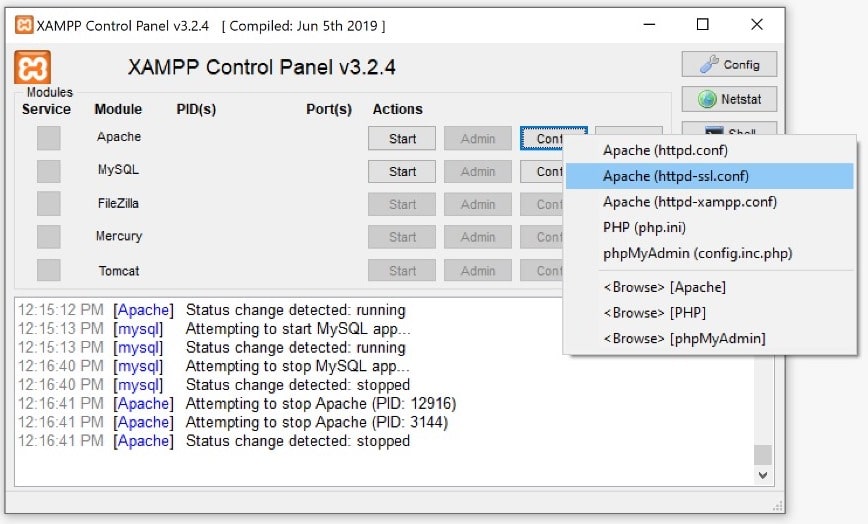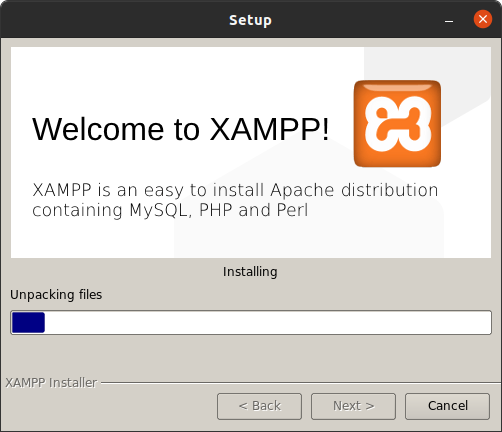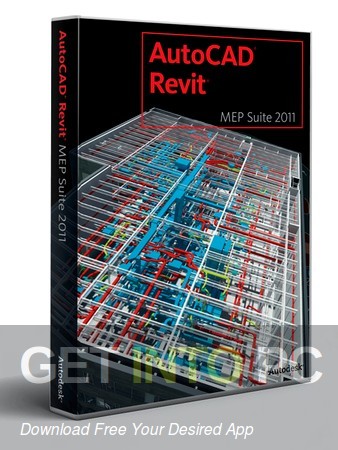Introduction to XAMPP
XAMPP is a powerful program package made to make establishing a local web server environment on your PC quick and easy. This comprehensive toolset combines essential elements like the MySQL database, PHP scripting language, and Apache web server. This enables web developers to quickly create, test, and improve their websites and web applications offline before launching them on a live server thanks to XAMPP. Developers looking for an effective and user-friendly option to build and experiment with web projects directly on their own PCs frequently turn to this feature-rich platform.
One of the vital qualities of XAMPP lies in its cross-stage similarity, supporting a great many working frameworks including Windows, macOS, and Linux. This adaptability guarantees that engineers can work in a climate that lines up with their favored working framework, improving their efficiency and adaptability. Besides, XAMPP’s instinctive establishment cycle and easy to use interface make it available to the two fledglings and experienced engineers the same. This openness, combined with its hearty list of capabilities, has cemented XAMPP as a foundation apparatus in the web improvement local area. XAMPP stands as a reliable companion for developers at all levels of expertise.
Key component of XAMPP
The vital parts of XAMPP: A universe of chances opens up!
At the point when you plunge into the universe of XAMPP, you find a mother lode of fundamental parts that will permit you to rejuvenate your web projects. Investigate in wonder the critical components of XAMPP that will help you make and foster your thoughts easily and excitingly!
1. Apache: The Key Pillar
-The establishing component of XAMPP is Apache, a hearty and solid web server. It is your partner in the circulation of dynamic web content.
2. MySQL: The Force of Data
MySQL, the data set administration framework remembered for XAMPP, enables you to make and deal with your data sets easily.
**3. PHP and Perl: The Specialty of Programming
With worked in help for PHP and Perl, XAMPP makes the ways for server-side programming, permitting you to make intelligent web applications.
**4. phpMyAdmin: Your Administration Assistant**
Try not to stress over dealing with your data sets. XAMPP incorporates phpMyAdmin, an easy to understand web connection point to work on this undertaking.
**5. FileZilla: The Extension to your Files**
FileZilla, the inherent FTP server, works with document moves between your neighborhood machine and the web server, giving a consistent encounter.
6. Mercury Mail: Test your Emails
With Mercury Mail, you can undoubtedly test email-related highlights in your web applications.
At the point when you begin investigating these parts, you rapidly understand that XAMPP offers substantially more than simply a neighborhood improvement climate. It offers you a close to home and energizing experience to rejuvenate your web dreams. Exploit these amazing assets and release your inventiveness to plan sites and applications that will spellbind the web-based world. XAMPP is here to help you constantly, whether you are a beginner or a specialist.

Setting up XAMPP
Downloading and installing XAMPP is a straightforward process. Here’s a step-by-step guide on how to do it:
Step 1: Download XAMPP
1. Visit the official XAMPP website in your web browser. The link of official website given below
2. On the XAMPP homepage, you’ll find download links for various operating systems like Windows, macOS, and Linux. Click on the link that corresponds to your operating system to initiate the download.
Step 2: Start the Installation
3. Once the download is complete, locate the downloaded XAMPP installer file (e.g., “xampp-windows-x64-7.4.27-0-VC15-installer.exe” for Windows).
4. Double-click the installer file to begin the installation process.
Step 3: Configure XAMPP Installation
5. The XAMPP installation wizard will launch. Click “Next” to proceed.
6. You’ll be presented with a list of components to install. By default, Apache, MySQL, PHP, and phpMyAdmin are selected, which are the essential components. You can also select additional components if needed. Click “Next” to continue.
7. Choose the installation folder for XAMPP. The default location is usually “C:\xampp” on Windows, “/Applications/XAMPP” on macOS, and “/opt/lampp” on Linux. You can change this location if desired. Click “Next.”
8. During the installation, you may encounter a Windows Defender Firewall alert (on Windows). Make sure to check both “Private networks” and “Public networks” to allow XAMPP to communicate through the firewall, then click “Allow access.”
Step 4: Start XAMPP Control Panel
9. Once the installation is complete, the XAMPP Control Panel will open automatically (or you can find it in your Start menu or applications folder).
10. In the Control Panel, you’ll see various modules like Apache, MySQL, FileZilla (FTP server), Mercury (Mail server), and more. To start the Apache web server and MySQL database, click the “Start” button next to each module.
Step 5: Verify XAMPP Installation
11. Open your web browser and enter “http://localhost” in the address bar. If XAMPP is installed correctly, you should see the XAMPP dashboard, indicating that your local web server is up and running.
12. Save the file and move it to the “htdocs” folder in your XAMPP installation directory (e.g., “C:\xampp\htdocs” on Windows).
14. Open your web browser and enter “http://localhost/test.php” in the address bar. You should see a page displaying detailed PHP information. This confirms that PHP is working correctly.
You have now successfully downloaded, installed, and configured XAMPP on your computer, and you’re ready to start developing and testing web applications locally.

Cross-Stage Similarity: Separating Barriers
One of the champion elements of XAMPP is its momentous cross-stage similarity. This component assumes a critical part in going with XAMPP a cherished decision among web designers. Yet, what precisely does “cross-stage similarity” mean in the realm of web improvement, and for what reason is it such a unique advantage?
A Generally Open Solution
Cross-stage similarity implies that XAMPP can run flawlessly on different working frameworks, rising above the limits of Windows, macOS, Linux, and that’s only the tip of the iceberg. Generally, such as having a widespread key opens the universe of web improvement, no matter what the PC you’re utilizing. This adaptability offers a few critical benefits:
1. Opportunity of Choice:
Designers can work in a climate that lines up with their inclinations. Whether you’re a stalwart Windows client, a macOS fan, or a Linux devotee, XAMPP is intended to oblige you.
2. Collaboration:
XAMPP’s cross-stage nature works with coordinated effort among engineers who might utilize different working frameworks. It guarantees that everybody engaged with a venture can work in their favored climate without similarity issues.
3. Learning and Experimentation:
For those learning web improvement, approaching a predictable instrument like XAMPP across various working frameworks works on the educational experience. It kills the need to switch between stages while exploring different avenues regarding web projects.
4. Versatility:
XAMPP’s capacity to adjust to various working frameworks makes it a flexible arrangement. You can involve it for many purposes, from building basic sites to creating complex web applications.
Establishment Agreement Across Platforms
Whether or not you’re on a Windows PC, a Macintosh, or a Linux machine, XAMPP’s establishment cycle remains surprisingly amicable. The easy to understand establishment wizard guides you through the arrangement, guaranteeing that you can begin creating web projects quickly, no matter what your foundation of decision.
In our current reality where variety in innovation is the standard, XAMPP’s cross-stage similarity remains as a signal of inclusivity and openness for web designers. It eliminates the hindrances forced by working frameworks and enables designers to zero in on what they excel at — making astounding web encounters. Whether you’re a carefully prepared engineer or simply beginning your web improvement venture, XAMPP’s cross-stage ability guarantees that you have the opportunity and adaptability you really want to succeed.
Key Features
Certainly, here are some key features of XAMPP:
1. Cross-Stage Compatibility:
XAMPP is viable with different working frameworks, including Windows, macOS, Linux, and the sky is the limit from there. This cross-stage support guarantees that engineers can utilize it on their favored operating system.
2. Apache Web Server:
XAMPP incorporates the Apache web server, a hearty and broadly involved stage for serving web content. It gives a steady groundwork to facilitating sites and web applications.
3. MySQL Database:
XAMPP accompanies MySQL, a strong open-source social data set administration framework. It permits engineers to make, make due, and connect with information bases, an essential prerequisite for the vast majority web applications.
4. PHP Scripting:
XAMPP upholds PHP, a famous server-side prearranging language for web improvement. PHP empowers dynamic substance age and cooperation with data sets, making it fundamental for building dynamic web applications.
5. Perl Support:
Notwithstanding PHP, XAMPP likewise incorporates Perl, one more prearranging language that can be utilized for web improvement, despite the fact that it is less usually utilized than PHP in present day web projects.
6. phpMyAdmin:
XAMPP coordinates phpMyAdmin, an electronic device for overseeing MySQL information bases. This easy to understand interface improves on errands like making information bases, tables, and running SQL questions.
7. FileZilla FTP Server:
FileZilla is remembered for XAMPP, working with record moves between your neighborhood machine and a far off server. It’s helpful for transferring and overseeing web content.
8. Mercury Mail:
XAMPP incorporates Mercury Mail, which permits designers to test email-related usefulness in web applications by giving a nearby mail server.
9. Additional Apparatuses and Modules:
XAMPP offers different instruments and modules that can be handily added and designed, upgrading its usefulness for explicit advancement needs.
10. User-Accommodating Installation:
XAMPP furnishes a clear establishment process with an easy to use interface. Indeed, even people new to web advancement can set it up effortlessly.
11. Active People group and Support:
XAMPP has a dynamic client local area, and that implies there are more than adequate assets, gatherings, and instructional exercises accessible for help and investigating.
12. Local Improvement Environment:
XAMPP changes your PC into a neighborhood web server, permitting you to create and test web applications disconnected. This is significant for investigating and refining projects prior to sending them live.
13. Versatility:
XAMPP is flexible and reasonable for an extensive variety of web improvement projects, from straightforward sites to complex web applications.
These key highlights make XAMPP a famous and important instrument for web engineers, giving a total and open climate for nearby web improvement and testing.
Creating a Local Web Server
Making a nearby web server with XAMPP includes these straightforward advances:
1. Install XAMPP:
Download and introduce XAMPP on your PC.
2. Launch XAMPP:
Start the XAMPP Control Board.
3. Start Apache and MySQL:
Snap “Begin” close to Apache and MySQL to enact them.
4. Web Root Directory:
Spot your web documents in the “htdocs” envelope inside the XAMPP establishment registry.
5. Access Nearby Website:
Open an internet browser and enter “http://localhost” to see your site or web application.
6. Database Management:
Use phpMyAdmin, open at “http://localhost/phpmyadmin,” to make and oversee information bases if necessary.
With XAMPP, you can create and test web projects on your own PC prior to sending them live.
Introducing Extra Modules in XAMPP
XAMPP offers the adaptability to broaden its usefulness by adding additional modules or augmentations. This capacity permits designers to fit their neighborhood advancement climate to explicit venture prerequisites. Here is a direct aide on the best way to introduce extra modules in XAMPP:
**Stage 1: Recognize the Module**
To begin with, decide the particular module or augmentation you really want to introduce. This could be connected with programming dialects (e.g., Python), content administration frameworks (e.g., WordPress), or whatever other apparatuses that upgrade your advancement cycle.
**Stage 2: Find the Module**
Then, find the module you need to introduce. Most modules are accessible as independent bundles or downloads from their separate authority sites.
**Stage 3: Joining with XAMPP**
When you have the module, you’ll have to incorporate it with your current XAMPP establishment. This regularly includes putting the module documents in the suitable registries inside the XAMPP establishment organizer. Make certain to adhere to a particular establishment guidelines given by the module’s documentation.
**Stage 4: Configuration**
A modules might require extra setup to work flawlessly with XAMPP. This could include changing settings inside the actual module or making changes in the XAMPP Control Board.
**Stage 5: Testing**
After establishment and design, it’s vital to test the module to guarantee it capabilities true to form inside your XAMPP climate. This might include making an example venture or running a test content to check its usefulness.
**Stage 6: Troubleshooting**
In the event that you experience any issues during establishment or joining, allude to the module’s documentation for investigating direction. Furthermore, check online gatherings or networks where individual designers could have experienced and settled comparative difficulties.
Keep in mind, introducing extra modules permits you to grow the capacities of your XAMPP arrangement, empowering you to deal with a more extensive scope of ventures and advancements. Be that as it may, it’s fundamental to guarantee similarity and follow best practices while adding new modules to your improvement climate.
Conclusion
All in all, XAMPP is a fundamental device in web improvement, offering a flexible and easy to use stage that changes your PC into a nearby web server. Its cross-stage similarity, fundamental parts, and expandability make it priceless for engineers, everything being equal, working with the creation and testing of web projects easily and productivity. Whether you’re creating basic sites or complex web applications, XAMPP enables you to rejuvenate your thoughts and is a fundamental friend on the excursion of web development.


